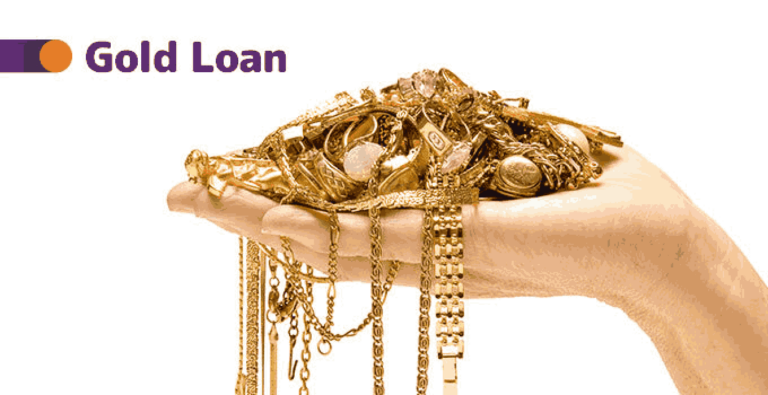
GST (Goods and Services Tax) is a major point of discussion amongst the Indian population. It has been implemented in India since July 2017 and affects most areas of our lives, including gold jewellery. Gold jewellery is an important aspect of many culture’s traditions, especially in India where it holds a lot of value for both investment purposes and sentimental reasons. The GST rate on gold jewellery varies depending upon the type of gold you are purchasing; whether it be coins or bars, 22 carat or 24 carat. In this article, we are going to discuss how much GST is applicable to gold jewellery and how it affects its sale price.
GST on gold jewellery in India is the rate fixed by the government for the sale of gold jewellery, coins, and bars. It applies to all purchases made from a registered seller who has a GSTIN (Goods and Services Tax Identification Number).
While the rates of GST for gold differ based on the type of gold and the related services, this tax does not apply to precious stones (other than diamonds) and semi-precious stones or other forms of precious jewellery which could include synthetic or reconstructed stones. The GST rate on these stones is lower. If you buy these items from a non-registered seller, there will be no GST applied.
| Particulars | GST Rate | HSN Code |
|---|---|---|
| Gold, Silver, Diamond, Platinum, Pearls or articles of jewellery of silver or gold, etc., unworked or simply sawn or roughly shaped | 3% | 7101, 7102, 7106, 7107, 7108, 7109, 7111, 7113, 7114, 7116, 7118 |
|
0.25% | 7103, 7104 |
| Job work related to plain or studded jewellery of gold, silver, cut and polished diamonds, and so on | 1.5% | 9988 |
| Type of Gold | GST Rate |
|---|---|
| Gold Jewellery, Coin, Bar | 3% |
| Jewellery Making Charges | 5% |
| Goldsmith Services | 5% |
| Gold Import | 10.75% (customs duty of 7.5% and 3% GST) |
Now that we have a better understanding of GST and how it is applicable to gold jewellery, let’s look at the four ways in which it affects its sale price:
The most obvious effect of GST on gold jewellery is that the overall price has increased due to the tax rate. Since GST has been introduced for gold jewellery purchases, the overall cost of buying gold has increased as an additional 3% tax is added on top of the purchase price. This tax includes all labour charges incurred during the making process, including cutting, setting and any other customisations. For instance, if you bought a 22-carat gold chain for Rs.10000 before GST was introduced, the same item will now cost around Rs.10300 after GST has been added to it.
Another benefit of GST is the transparency in prices. Before the implementation of GST, there were no fixed rates for gold jewellery and customers had to negotiate with sellers on prices. With the introduction of GST, this traditional approach has been eliminated as all sellers now have to follow a universal rate for gold jewellery purchases which has made it easier for customers to know exactly how much they need to pay for their purchase. This makes shopping for gold items more convenient and hassle-free as you don’t have to worry about being overcharged or paying too much. However, it is important to note that only 30% of the businesses in this sector are considered organized. Due to this, there is concern that a high tax rate may lead some vendors to resort to smuggling gold or selling it without providing a proper bill.
Free Trade Agreement is a scheme that allows the free import of gold from other countries, subject to certain regulations. GST on gold jewellery has made the process simpler as now all buying and selling transactions can be done via a single platform. This helps in promoting fair trade practices and eliminates the need for lengthy paperwork which was required earlier. With GST, it is now easier to track all imports and exports which reduces the risk of smuggling and counterfeiting of precious metals like gold. The Free Trade Agreement between India and countries like South Korea allows GST-registered importers to ship gold without paying an extra 10% customs duty.
The implementation of GST on gold jewellery has also encouraged investors to invest more in gold as the tax rate is much lower than before. This encourages higher liquidity and a stronger exchange rate between gold and other currencies which in turn leads to increased demand. In addition, the reduced mining activities due to GST may result in less environmental damage caused by irresponsible mining practices. Moreover, it encourages buyers to buy from established jewellers and manufacturers as they are more likely to follow the GST rules. This helps in curbing illegal activities like hoarding gold, counterfeiting, etc., which can be detrimental to both customers and jewellery businesses alike.
![]() IIFL Customer Care Number
IIFL Customer Care Number
(Gold/NCD/NBFC/Insurance/NPS)
1860-267-3000 / 7039-050-000
![]() IIFL Capital Services Support WhatsApp Number
IIFL Capital Services Support WhatsApp Number
+91 9892691696
IIFL Capital Services Limited - Stock Broker SEBI Regn. No: INZ000164132, PMS SEBI Regn. No: INP000002213,IA SEBI Regn. No: INA000000623, SEBI RA Regn. No: INH000000248, DP SEBI Reg. No. IN-DP-185-2016, BSE Enlistment Number (RA): 5016
ARN NO : 47791 (AMFI Registered Mutual Fund Distributor), PFRDA Reg. No. PoP 20092018

This Certificate Demonstrates That IIFL As An Organization Has Defined And Put In Place Best-Practice Information Security Processes.